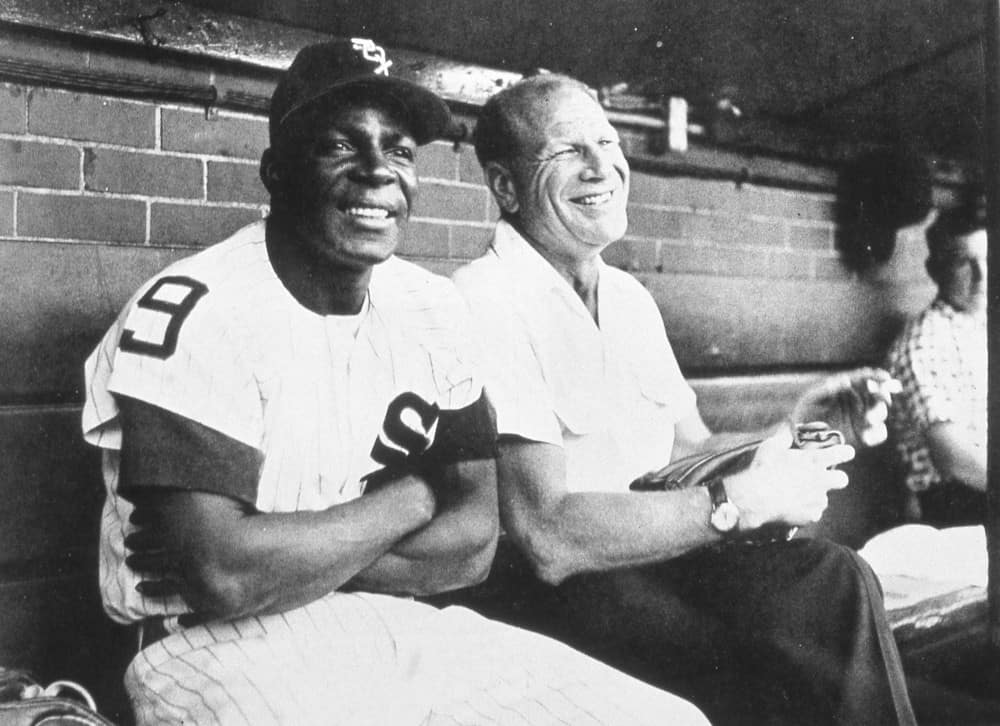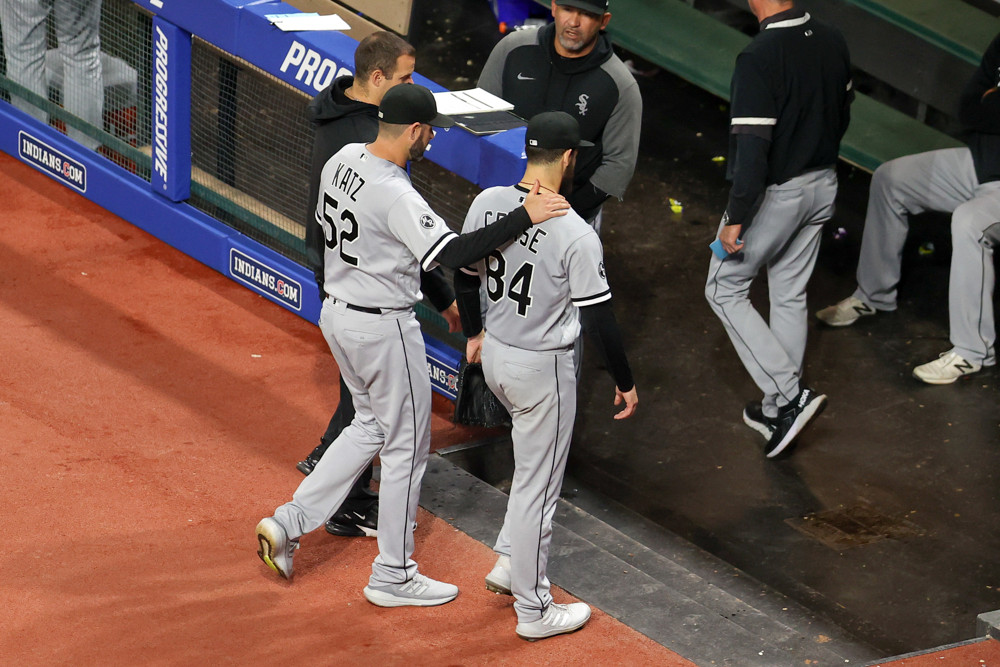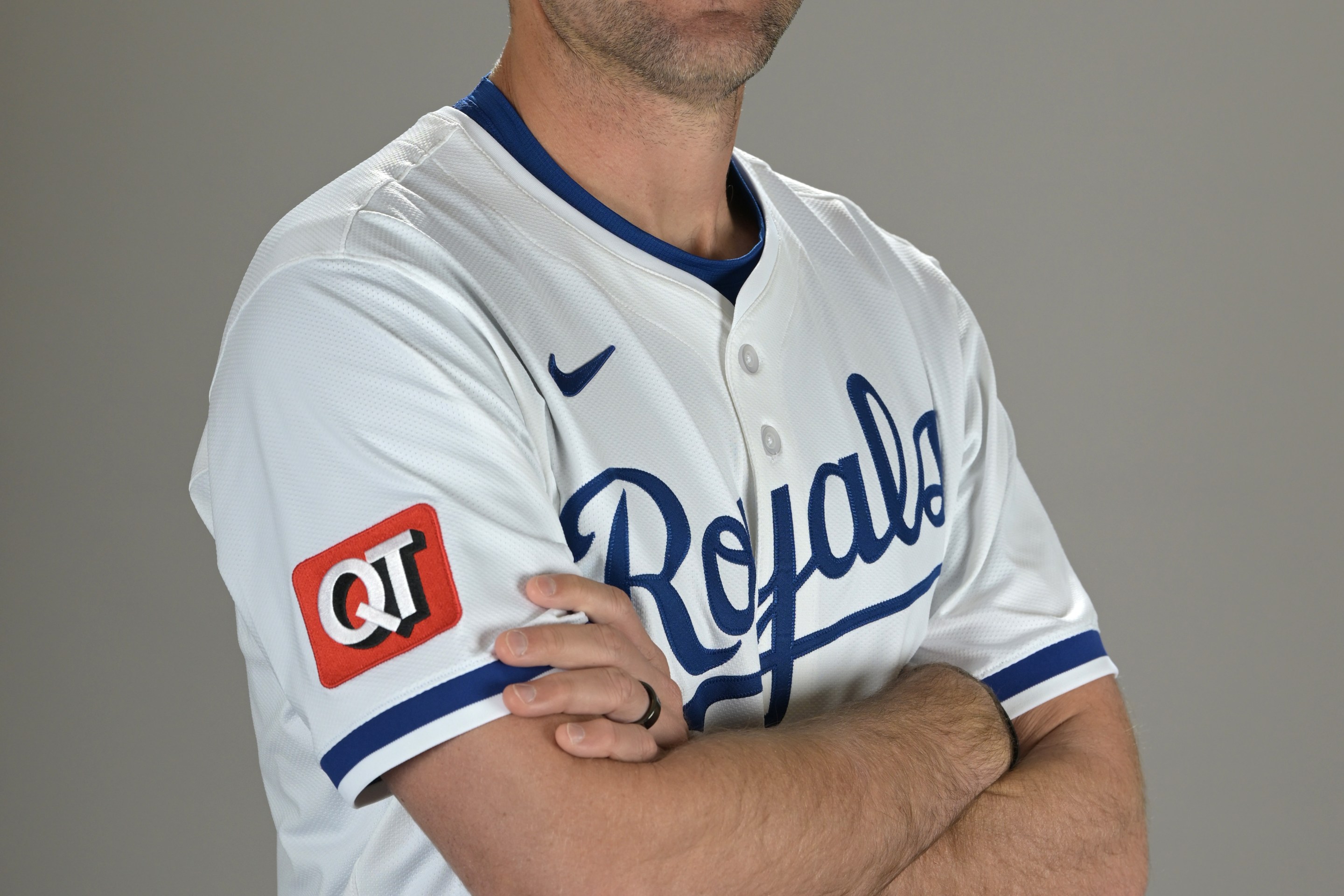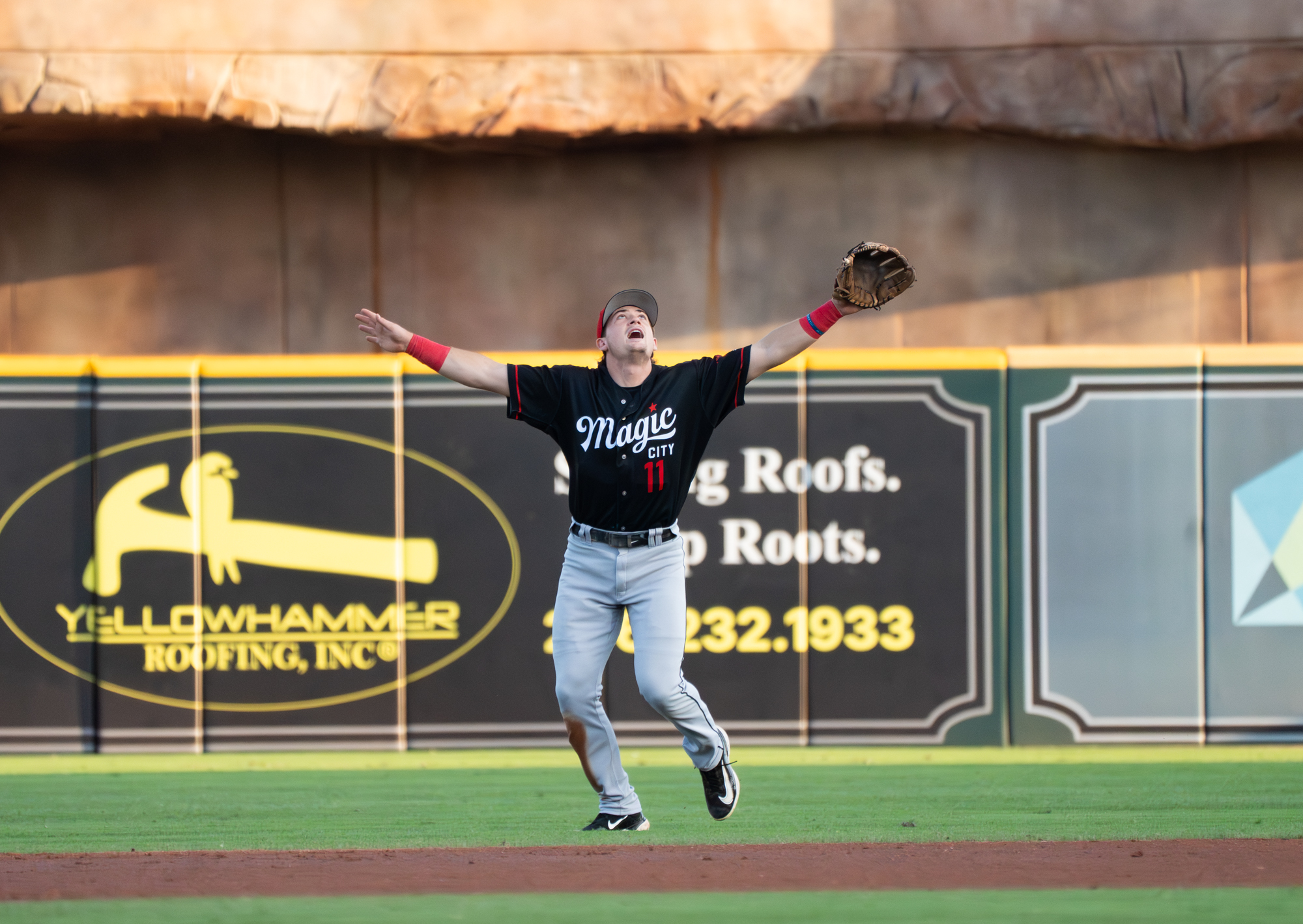White Sox rookie Grant Taylor can touch 97 mph with his very, very hard cutter. The team has asked him to throw it less often.
They have their reasons, and Taylor -- intentional and data-friendly with his pitch usage -- is open to the conversation.
"If I was starting, it would be useful to use to keep the pitch count low for five, six, seven innings," Taylor said. "But if I'm going in there for one and my job is to get three outs, I can use a little bit bigger stuff, with a little bit more room for error."
"It's a very, very good pitch, but it's going to be more of a contact pitch," said pitching coach Ethan Katz. "When guys are starting to gear up for your fastball and they get that cutter, they're going to put it in play a little bit easier. But having the slider, which he throws like three miles per hour slower with a ton more depth, is another really nice option to have with the curveball being as great as it is."
Ultimately, the results back up ratcheting down the cutter usage as much as any pitching theory explanation, as big league hitters have batted .421 against the pitch with a stratospheric 61.1 percent hard-hit rate. But Taylor has been scored upon in four of his last six appearances, spiking his big league ERA to 6.28 on the season, and spurring Will Venable to concede that they've been hunting some spots for the rookie of late that maybe aren't the highest-leverage spots of every game.
In that vein, Taylor's cutter is much like the whole product at this point: It's clearly the work of an extremely talented individual, one who is capable of running a 31 percent strikeout rate in the majors. But for reasons that weren't easily anticipated when he was playing with his food in Double-A (1.01 ERA in 26⅔ innings), Taylor's visually and metrically impressive stuff hasn't produced the corresponding number of fun and efficient innings.
"The separation between his actual ERA and his FIP is pretty wide," said general manager Chris Getz. "There are some areas that can be improved in getting ahead and attacking the zone and you look at his ability to go north-south with this fastball and his curveball, obviously. He's got the slider and cutter too as weapons. It's really just getting him attacking. He's facing the best hitters on the opposing team in moments that are big. But if you look underneath the hood, the quality of stuff and the performance is there."
The separation (6.28 ERA, 1.76 FIP) is quite wide, though it has nothing on the split of the ugly five games (24.55 ERA, 0.12 FIP) before he bowed up for a scoreless 10th against the Yankees Saturday night. It's helped along by the fact that Taylor has yet to allow a home run at any level this year across 55⅓ innings, and with the piddling air/pull rate against his high velocity stuff, it's not like he's due for enormous regression in that aspect.
Instead his absurd .432 batting average in balls play or rock-bottom 55.6 percent strand rate for baserunners, both suggest Taylor's stats are bound to get better even without any changes.
That would represent a departure from the first five months, which threw one shift after another. He opened the season in Birmingham, only to be moved to the bullpen, where the White Sox groomed him for high-leverage work so quickly that his first save wasn't against the Rocket City Trash Pandas, but the AL East-leading Toronto Blue Jays. He only found equilibrium after he was asked to record a six-out save against the NL West-leading Dodgers, and his failure prompted the White Sox to ease up.
All the while, Taylor has been guided toward whittling down his arsenal to his most reliable offerings. He opened the season with five pitches to maximize variety, but now is encouraged to treat fastball-curveball as his default setting, and treat other pitches as wrinkles. The kick change is still practiced daily, but isn't likely to be seen in a game anytime soon.
"If he throws a fastball up and he throws a curveball that tunnels off of that," Katz said. "They tunnel so well off each other, and the slider's a great offering for guys to run out of bat too, low and away."
Despite his triple-digit heat, Taylor was reluctant to show his fastball too much as a starter lest hitters start to time it up from prolonged exposure. He's ratcheted up his usage over 50 percent of time in the pen. Traditionally such an approach would be inhibited by his high arm slot lessening the impact of fastball ride, and the transition to the different baseball used between the majors and the Southern League.
But Taylor doesn't feel the ball has made a big difference on his 19 IVB heater, and generally the shortcomings of his fastball-curveball combination just reflect the large gulf between his burly expected numbers and his poor results.
| Pitch | Avg. Exit Velocity | BA | xBA | SLG | xSLG |
|---|---|---|---|---|---|
| Fastball | 84.3 mph | .302 | .214 | .321 | .296 |
| Curveball | 85.4 mph | .286 | .185 | .393 | .219 |
Despite being a stoutly-built 6'3", Taylor gets truly elite delivery extension, and releases the baseball well over seven feet out from the pitching rubber. It's a theoretically simple concept: the ball is released closer to the plate, and his fastball should feel even faster to opposing hitters.
But like Taylor's monstrous cutter, it's another element of his game that reflects enormous talent potential, but how it directly translates to big league results gets complicated. It's usually a very linear type of delivery that produces this sort of extension, especially from a pitcher who is not exceptionally tall. As it turns out, the little bit of rotationality in Taylor's delivery--specifically the coil move at the start--is crucial for maintaining the balance.

"When he does get a little bit more turned with his upper body, his arm gets into a better spot," Katz said. "There's a rotational component with the upper half that we're just trying to maintain a little bit more. But obviously the one difference is him being a reliever to a starter, the effort level has kicked up a notch so his mechanics can lose it a little bit and sometimes he loses his fastball. We're just trying to hone that in and monitor that and show him the differences, and making sure in his plyo work that his arm is getting to the right spot.
"It's a very minute thing. We just showed him yesterday the biomechanics of how it is. But it's a very small, minute little bit of a turn because then his shoulder doesn't get too high and his arm doesn't get too low. When he turns his shoulder just slightly a little bit more, his arm actually stays in a higher spot behind him, but not going too far down, which then in turns gets him in a better spot to leverage the baseball."
But it might be more useful to zoom out from the details of Taylor inconsistent and bafflingly unfortunate surface-level results, and assess the parameters of his meteoric rise this year. The hard-thrower's struggles spiked alongside a recent influx of 96-97s on the radar gun, from a guy who has touched 102 mph with his fastball earlier in the season. Taylor just crossed the 50-inning threshold for the year, a workload he hasn't come close to shouldering since 2022, with even less precedent for his 42 appearances.
It's never a bad idea to look toward the physical wear of a grueling sport as the culprit for disappointing performance, especially as the calendar turns toward September. But both the White Sox and Taylor point to his workload being cautiously monitored, since concern for his long-term durability initially drove his conversion to relief.
"We've got pitch grades, we've got our evaluation when we're watching it, and I honestly, the most important is how he is actually feeling and communicating to our training and coaching staff in regards to availability," Getz said. "We're monitoring how often we're using him, when we're using him, just because of the importance that Grant Taylor is to the future of this team. But he's in a really good place. I know he wants the ball on a regular basis. We're going to be smart about it."
After Taylor expended 26 pitches without recording an out Saturday night, manager Will Venable acknowledged hunting for a lower leverage assignment might be a good idea for the rookie given his struggles, even hinting that notion had already led to Taylor pitching the sixth.
"Finding spots for him, that was a little bit of the calculus tonight," Venable said. "Where, there really are no soft spots in that order, but towards the bottom there, where [it's] a lower-leverage spot."
On Sunday, facing the bottom of the order still involved trying to keep a game tied while dealing with the Manfred Man in the 10th. Taylor sealed a scoreless frame with an archetypal wipeout curveball to strike out Trent Grisham, and while he benefitted from the Yankees commitment to running the contact play with Austin Wells, the soft chopper that enabled a throw home was a good reminder that the right-hander also is generating a solid 50 percent ground ball rate.
It'll take more than one great inning to stop Taylor's surface numbers from looking every bit as deserving of the interventions arranged for Sean Burke, Jonathan Cannon and other wayward prospect arms. But there's enough going on under the hood where being smart about Taylor could resemble sitting back and waiting for talent to win out.
"When he's on the mound," Getz said. "We've got a lot of confidence that we're in a good position to have a good inning, or two."






